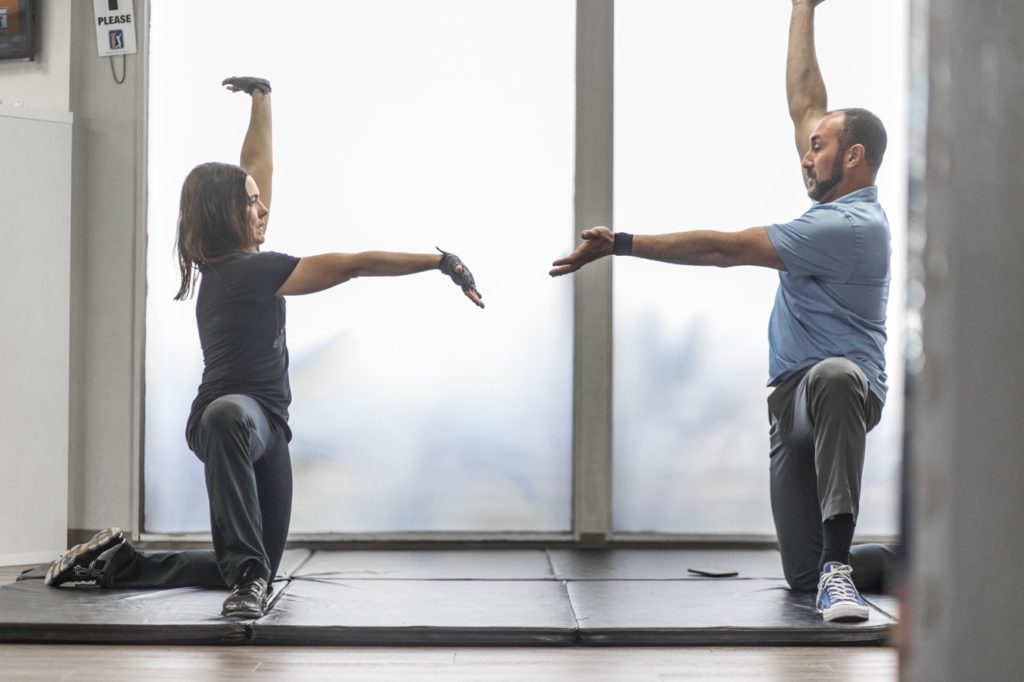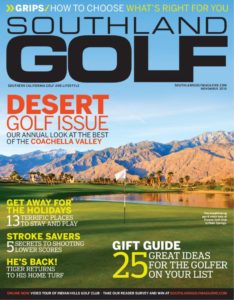One of the biggest things I have seen reoccurring over the last 6 months or so is shoulder injuries.
It’s typically in my male golfers, typically in the trail shoulder and it’s due to a couple of things that I am seeing:
1. Poor Upper Body Posture
I am sure you have seen the person with rounded shoulders that looks like they are slouching all the time. Being chronically pulled into that position, plus trying to force more shoulder external rotation leads to adding stress to the rotator cuff muscles and the joint capsule of the shoulder.
2. A lack of understanding of how the shoulder works both on the body and in the golf swing.
We take our mobility for granted sometimes… The shoulder is a pretty complex joint as it is made up of 3 bones, the collar bone, the shoulder blade and the upper arm bone. If you look at the anatomy, the whole shoulder complex is really only attached to the body at the point where our collar bone meets our sternum. That’s our only joint related fixed point. Because of that, we have a lot of muscular attachments that need to be strong to both allow for freedom of movement and to create stability for the shoulder joint. When a joint has a lot of opportunity to move, there are a lot of moving pieces in the background that need to function to not over strain any one place (muscle, tendon, ligament, capsule, etc).
The shoulder blade is hugely important as it travels around the torso to deliver the arm where it wants to go. If the shoulder blade doesn’t move well, then the shoulder joint proper will be strained.
3. The answer:
Get strong!
Our “brakes” need to match our “gas pedal”. I always like to use the example of having a Lamborghini with Honda Civic brakes. Not to knock the Civic, but there is a mismatch. The lamb weighs more, creates way more horse power and needs strong brakes to make sure it can handle and stop properly. With that being said, we need to have good “brakes” and for the shoulder the brakes are the rhomboids, the mid and lower traps, and the rotator cuff. If the “gas pedal” of the shoulders (the deltoids, the chest muscles, and the lats) are too strong for the “brake muscles” then there is an imbalance and something will give.
All this talk about the shoulders is fine, but what transfers energy most directly from the shoulder to the core (especially in the golf swing)? I believe it is the serrates anterior muscle. The serrates connects from the shoulder blade to the rib cage and directly to the external obliques. If that serrates muscle is asleep, then typically, we will see the “armsy” style golf swing, and poor sequencing of the arms getting ahead of the body in downswing.



